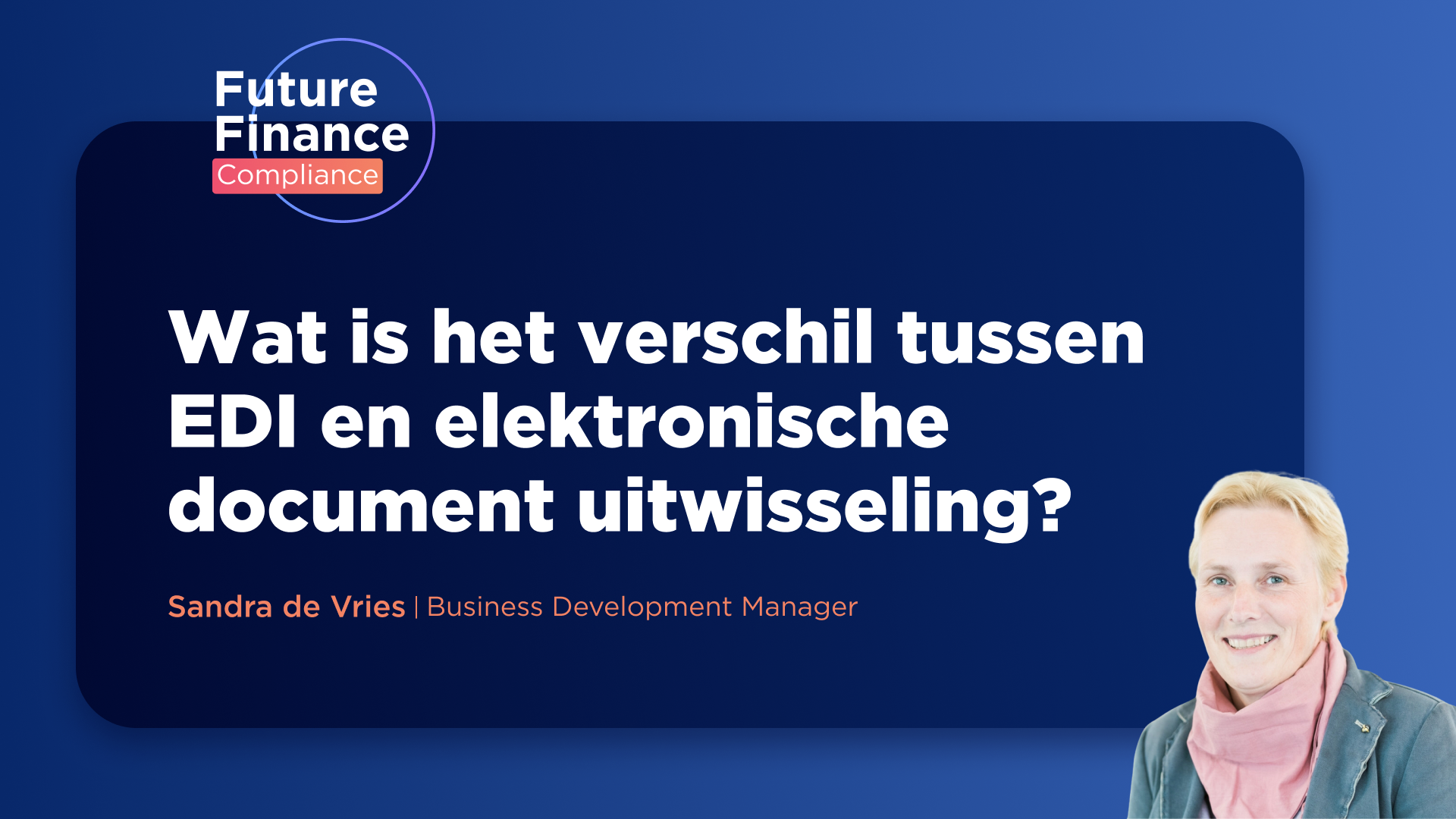What is EDI (Electronic Data Interchange).
In the dynamic world of modern commerce, facilitating seamless communication and efficient data exchange between organizations is a fundamental driver of success. Among the myriad tools designed to meet this need, Electronic Data Interchange (EDI) stands out as a transformative force.
At its core, Electronic Data Interchange represents a paradigm shift in the way businesses transact and communicate. It is the systematic and electronic exchange of business documents between trading partners, conducted in a standardized format. Instead of relying on traditional paper-based methods, EDI speeds the transfer of critical business information, including a range of documents such as purchase orders, invoices, shipping notices, and more.
EDI is not the same as e-billing. The data structure is different and, moreover, it involves all transaction-related documents. Not just invoices.




Evolution of EDI
EDI's roots go back to the 1960s, an era when companies sought to automate and digitize manual processes. The initial impetus was the creation of standardized formats for documents, which laid the foundation for electronic exchange. Over time, several EDI standards have emerged, with ANSI ASC X12 in North America and UN/EDIFACT being prominent examples worldwide.
The rise of the Internet in the 1990s marked a significant leap forward in EDI adoption. Web-based EDI solutions democratized access, making this technology accessible to companies of all sizes. Contemporary EDI not only embraces traditional protocols such as Value Added Networks (VANs), but also integrates modern technologies such as Application Programming Interfaces (APIs) for real-time data exchange.
Functions of EDI
Document Standardization
EDI acts as a conduit for standardizing documents exchanged between trading partners. This compliance eliminates the need for time-consuming manual data entry and reduces the risk of errors due to incompatible formats.
Automated Data Processing
The heart of EDI lies in its ability to automate the exchange and processing of business documents. This automation significantly reduces the time and resources traditionally spent on manual data entry, leading to faster transaction cycles and increased efficiency.
Benefits of EDI
Cost reduction
Implementing EDI delivers tangible cost savings by minimizing reliance on paper-based processes, reducing manual errors and streamlining supply chain operations. In addition, it eliminates the need for physical storage space for bulky paper documents.
Improved accuracy and compliance
Standardized electronic documents increase data exchange accuracy. EDI systems can be configured to enforce business rules and compliance requirements, reducing the risk of regulatory problems and creating a more robust operational environment.
Improved efficiency
The real-time data exchange facilitated by EDI is instrumental in reducing transaction times and increasing overall operational efficiency. This is particularly critical in industries with fast-moving and complex supply chains.
Global connectivity
EDI's standardized approach transcends geographical barriers, promotes seamless communication between trading partners around the world. This is invaluable in international trade scenarios where different regions may have different document formats and regulatory requirements.
Supply chain optimization
By automating the exchange of information throughout the supply chain, from suppliers to manufacturers and distributors, EDI plays a crucial role in optimizing processes. This in turn leads to improved inventory management, advanced demand forecasting and a reduction in the order-to-cash cycle.
Competitive advantage
Companies that adeptly leverage EDI gain a competitive advantage. Streamlining processes, reducing costs and cultivating strong relationships with trading partners position organizations to respond deftly to market demands in the ever-evolving business landscape.
Conclusion
The evolution of Electronic Data Interchange (EDI) reflects not only its historical significance as a critical driver of business process automation, but also its ability to continually adapt to the demands of modern business. As EDI continues to evolve, it is on the threshold of further refinement, with emerging technologies such as blockchain and artificial intelligence potentially finding even deeper integration. Organizations that embrace this journey of refinement, not only by understanding EDI's current capabilities but also by looking ahead to future innovations, position themselves as leaders in tomorrow's digital economy. Harnessing the full potential of EDI means not only smarter and more efficient business operations, but also a proactive approach to thrive amid ongoing changes in the business landscape.


